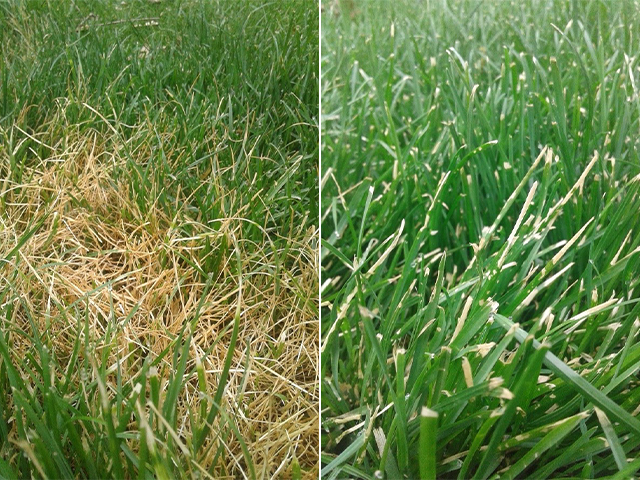
Corporate sites with large, unshaded areas and uncovered athletic fields are particularly vulnerable. This year, our turf experts have been seeing damage for the last several weeks. Then as temperatures rise, the fungus quickly damages the stressed grass plant. During wet periods, the fungus spores spread throughout the lawn. The Ascochyta fungus grows during wet conditions with lots of rain. Damage often seems to occur overnight and those unfamiliar with the problem often believe that their lawn has been damaged by a herbicide or similar chemical. Damaged grass appears yellow or bleached, and is particularly noticeable in the mower track. Ascochyta is a grass fungus and form of leaf blight that impacts Kentucky bluegrass, ryegrass and tall fescue. Call or text 80 to talk to a specialist.By p7design Commercial Services Turf Health June 23, 2016Īs temperatures are starting to rise and the summer solstice is upon us, our turf experts are noticing a rise in cases of Ascochyta in the region. Stewarts’ specialists can help identify lawn problems like ascochyta. If it does, following the treatment guidelines above will help control the infection and slow the spread of the fungus. However, even after following these prevention steps, your lawn may still become infected with ascochyta. Sharpen your lawnmower blades periodically to prevent damage to the tips of the grass bladesįollowing these tips will help decrease the chance that your lawn will suffer from ascochyta.Aerate your lawn yearly to allow nutrients and water to penetrate into the soil.Cultivate a healthy, thick lawn to discourage fungal growth.Keep your lawn’s thatch layer small (less than half an inch thick is best) to prevent spores from hiding there.To prevent your lawn from developing ascochyta, try the following: Aerate your lawn yearly to reduce the thatch layer (where the fungus lives on dead grass tips)Īscochyta can spread when spores hiding in the thatch layer of the lawn are disturbed by rain and routine lawn maintenance.Make sure to water well -about 1 to 1.5 inches when temperatures approach 80 degrees.Avoid mowing too often and only cut 1/3 of an inch at a time.When mowing, keep the grass blades about three inches tall.Clean your lawnmower deck frequently to avoid spreading the disease from one part of your lawn to another.It takes two to three weeks for the disease to run its course and for the grass to turn green again. Instead of cutting the grass blades smoothly, dull mower blades pull at the grass and tear the blades, making the lawn more susceptible to ascochyta.

Dull mower blades tear and cut grass unevenly. The fungus that causes ascochyta to show on grass usually enters through tips of the grass that are damaged by dull lawnmower blades. However, the crowns and roots of the grass are seldom affected, so the grass rarely dies because of the disease. Sometimes the grass blades develop a dark line separating the green half of the blade from the yellow half. The disease causes grass blades to turn yellow from the tip to about halfway down the grass blade. The fungus is present throughout the year in most lawns, but the spores flare-up in favorable conditions.Īscochyta can live on dead grass tips in the thatch layer of the lawn, and spores can spread when they are disturbed by splashing water or mowing. The disease comes on quickly-sometimes it appears as though the lawn turned yellow overnight. Lawns that develop ascochyta turn yellow and often have healthy green grass dispersed within the patches of yellow grass. Because of the rain followed by days of increased temperatures, Ascochyta is prevalent this spring season. Ascochyta leaf blight is a lawn fungus that is active when temperatures turn hot after long periods of wet, cool weather.


 0 kommentar(er)
0 kommentar(er)
